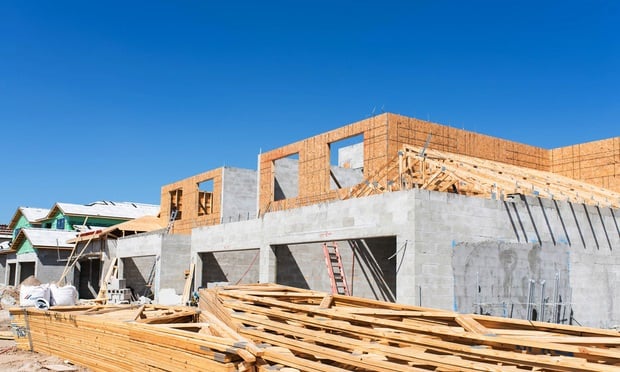TRENTON-The planning group New Jersey Future is now offering a free online tour of the facts about the state’s 243 transit centers. The impact of development and the potential impact of future development are detailed in a painstaking assembled database that can be accessed through the nonprofit group’s website, njfuture.com.
New Jersey Future’s research director, Tim Evans, worked for more than three years to pull together a comprehensive profile of each transit center: 205 rail stations, 16 major bus terminals, 12 ferry terminals and 10 stations with more than one mode of transit available.
The group’s executive director, Peter Kasabach, says this is the first time information from so many sources has been arranged in a database, permitting broad analysis of the development opportunities at each transit site.
"Our hope is that this database will offer officials at all levels the information they need to make good decisions, about everything from local zoning and housing densities to how best to direct state incentives for job creation,” Kasabach said. "Real estate professionals will find this a useful tool for identifying the most promising sites for various kinds of transit-oriented development."
A few choice facts from the report accompanying the database include these:
- There are 152 of 566 municipalities in the state that have at least one station.
- Twenty-eight rail stations are located in neighborhoods where more than 80% of households own at most one vehicle.
- Five stations have more than 100 parking spaces for every 1,000 people who live in the surrounding area: Hamilton, Princeton Junction, Secaucus, Middletown, Metropark, Lindenwold, Aberdeen-Matawan, Trenton, Metuchen, and Westfield. This indicates riders come from a wide area.
The database on transit stations and their surrounding neighborhoods is type of data, by station or municipality, or by ranking according to potential opportunities for development.
New Jersey has one of the most extensive public transportation systems in the country, and the second highest rate of commuters among the 50 states, according to NJ Future. Roughly a third of state residents live within walking-distance of a train station.
The planning group, one of the strongest proponents of “smart growth” planning in the state, points out the multiple advantages of transit-related development in its report:
“It helps reduce congestion on the state's roads; alleviates the emission of pollutants and greenhouse gases; and increases mobility, including access to jobs, while reducing the need for household vehicle ownership.”
The report includes various planning recommendations, including a suggestion that state government set a formal goal of increasing transit ridership. “The more that activity centers (homes, stores, workplaces) can be clustered near the transit system, the more people will be able to use transit for at least some of their daily activities,” noted Evans.
Some transit stations are better suited than others for development, the report makes clear – and some may be particularly well suited to one type of development, but not others. The unique characteristics of individual station areas can be compared and analyzed at a glance with a look at the new online inventory.
The database provides information for each station about transit lines and frequency of service, station-area parking availability, and travel times to New York Penn Station. In addition, demographic statistics for the surrounding neighborhoods include population and housing density, median income and home value, and details of vehicle ownership. At the municipal level, employment data is available.
The report that accompanies the database, Targeting Transit: Assessing Development Opportunities Around New Jersey's Transit Stations, is available as a free download, along with a data dictionary describing the items contained in the database. New Jersey Future is also making available customized reports from the database.
Want to continue reading?
Become a Free ALM Digital Reader.
Once you are an ALM Digital Member, you’ll receive:
- Breaking commercial real estate news and analysis, on-site and via our newsletters and custom alerts
- Educational webcasts, white papers, and ebooks from industry thought leaders
- Critical coverage of the property casualty insurance and financial advisory markets on our other ALM sites, PropertyCasualty360 and ThinkAdvisor
Already have an account? Sign In Now
*May exclude premium content© 2024 ALM Global, LLC, All Rights Reserved. Request academic re-use from www.copyright.com. All other uses, submit a request to [email protected]. For more information visit Asset & Logo Licensing.








